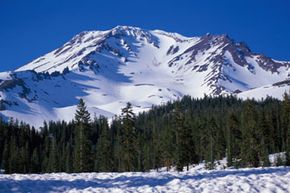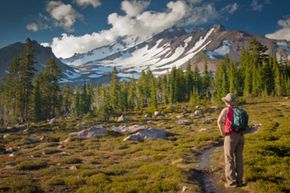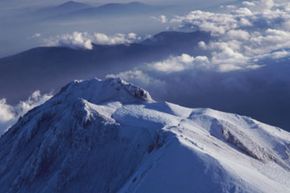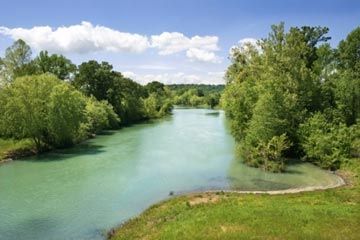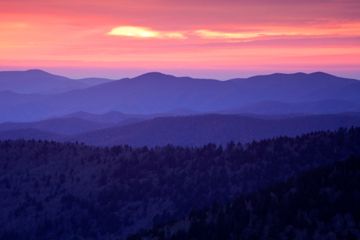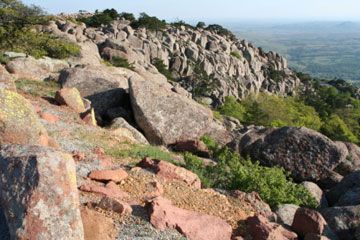The highest point in Northern California, Mount Shasta rises from the relatively pancake-like terrain of the area about an hour from Oregon's woody border. Its miles of hiking trails offer a close-up of rocky outcrops, craggy divides and snow-packed vistas above the tree line.
Flanked by 10 glaciers, Mount Shasta is a living legend with a shrouded in mystery and lore. And it's one of the most hikeable hills in the land, popular with novice and expert enthusiasts alike. An estimated 15,000-plus hikers challenge Mount Shasta each year [source: Lewis].
Advertisement
Mount Shasta, which can be seen from at least 100 miles (161 kilometers) away, is made up of four volcanic cones that overlap each other: Shastina, Misery Hill, Hotlum and Sargents Ridge. A partially collapsed fifth volcanic cone, Red Fir Cone, is thought to be the oldest of the once-fiery funnels -- its 590,000-year-old rocks predate the Cambrian explosion that eventually ushered in the Dinosaur Age.
There aren't many well-traveled trails leading to Mount Shasta's peak. Although there are 10 maintained trailheads that wind through the Mount Shasta wilderness, none offer a direct path to its zenith. Along with crampons and ice axes, hikers need a strong will to forge their own way. By the time Shasta's peak hiking season comes to a close in September, however, you'll find several hiker-tramped trails to the top.
Advertisement
